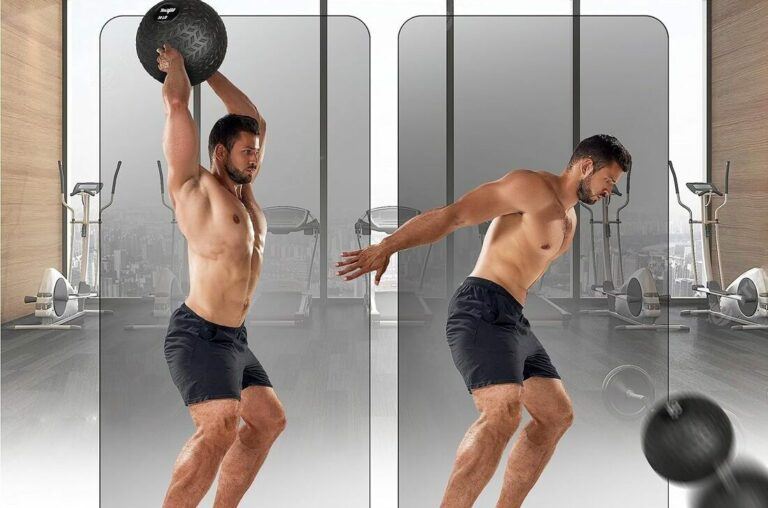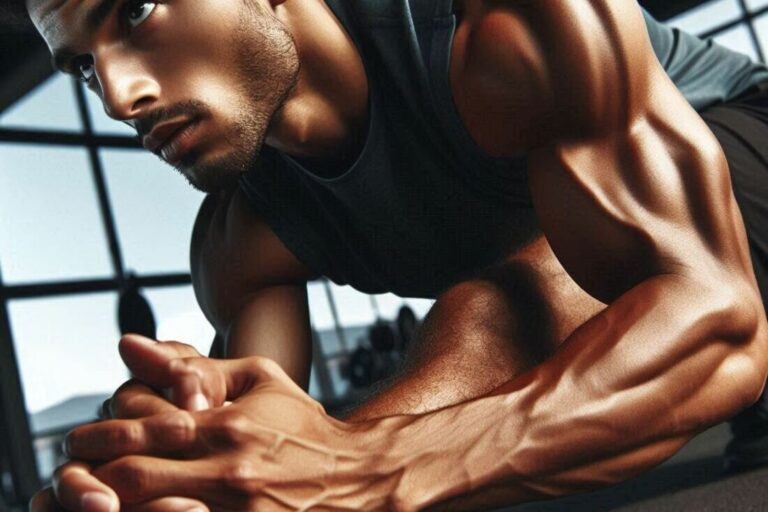Ever witnessed a world-class athlete make an impossible catch, react to a lightning-fast change of direction, or unleash a devastating counterpunch in a split second?
These seemingly superhuman feats hinge largely on one crucial factor – elite-level reflexes.

While some athletes might possess naturally fast reflexes, a significant portion of this exceptional reaction time is honed through dedicated training.
We will delve into the world of advanced reflex training techniques employed by elite athletes across various sports.
And explore how these advanced drills push the boundaries of reaction time, reaction speed, and ultimately, athletic performance.
Target Audience: This blog caters to serious athletes, coaches, and trainers seeking to elevate their reflex training game. We’ll provide in-depth explanations, advanced training drills, and expert insights to help you reach your peak reflex potential.
Why Advanced Reflex Training Matters for Athletes
In the realm of competitive sports, even a fraction of a second can be the difference between victory and defeat.
Sharper reflexes translate to:
- Faster Reaction Times: You can react quicker to unforeseen events on the field, court, or track, granting you a competitive edge.
- Enhanced Anticipation: Improved reflexes allow you to anticipate opponent’s moves and adjust your strategy accordingly.
- Superior Decision-Making: Faster reaction times lead to quicker decision-making under pressure, enabling you to capitalize on fleeting opportunities.
- Improved Coordination: Advanced reflex training often incorporates complex movements, enhancing overall body control and coordination.
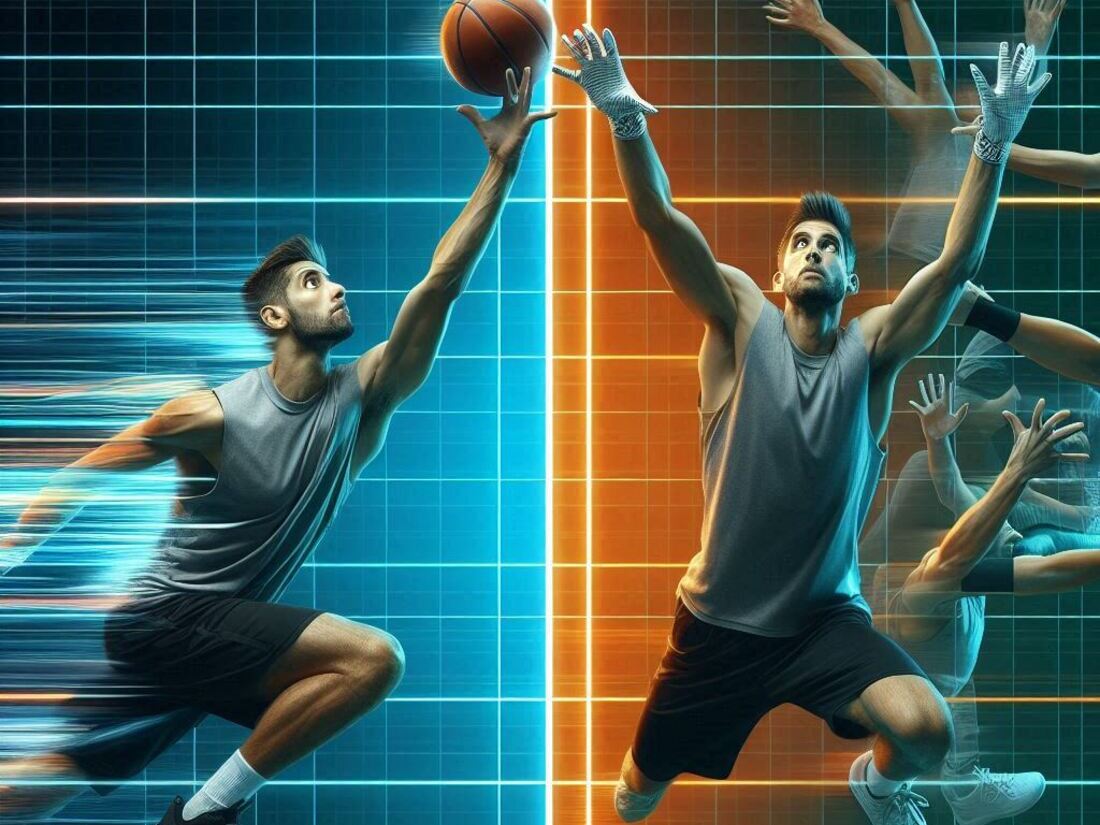
By incorporating these advanced techniques into your training program, you can significantly enhance your reflexes and unlock a whole new level of athletic performance.
Unveiling the Secrets: Advanced Reflex Training Techniques
Now that we’ve established the importance of advanced reflex training, let’s explore some specific techniques used by elite athletes:
1. Choice Reaction Time Drills

These drills go beyond simple stimulus-response exercises.
They introduce a layer of decision-making, requiring you to analyze a situation and choose the appropriate response.
Here’s an example:
- Drill: Stand facing a partner holding flashcards with different shapes (e.g., circle, square, triangle). Upon seeing a specific shape, react by performing a pre-assigned movement (e.g., jump squat for circle, lunge for square, lateral shuffle for triangle).
- Benefits: Choice reaction time drills challenge your brain to process visual information and select the appropriate motor response, mimicking real-world athletic scenarios.
2. Dual-Task Training
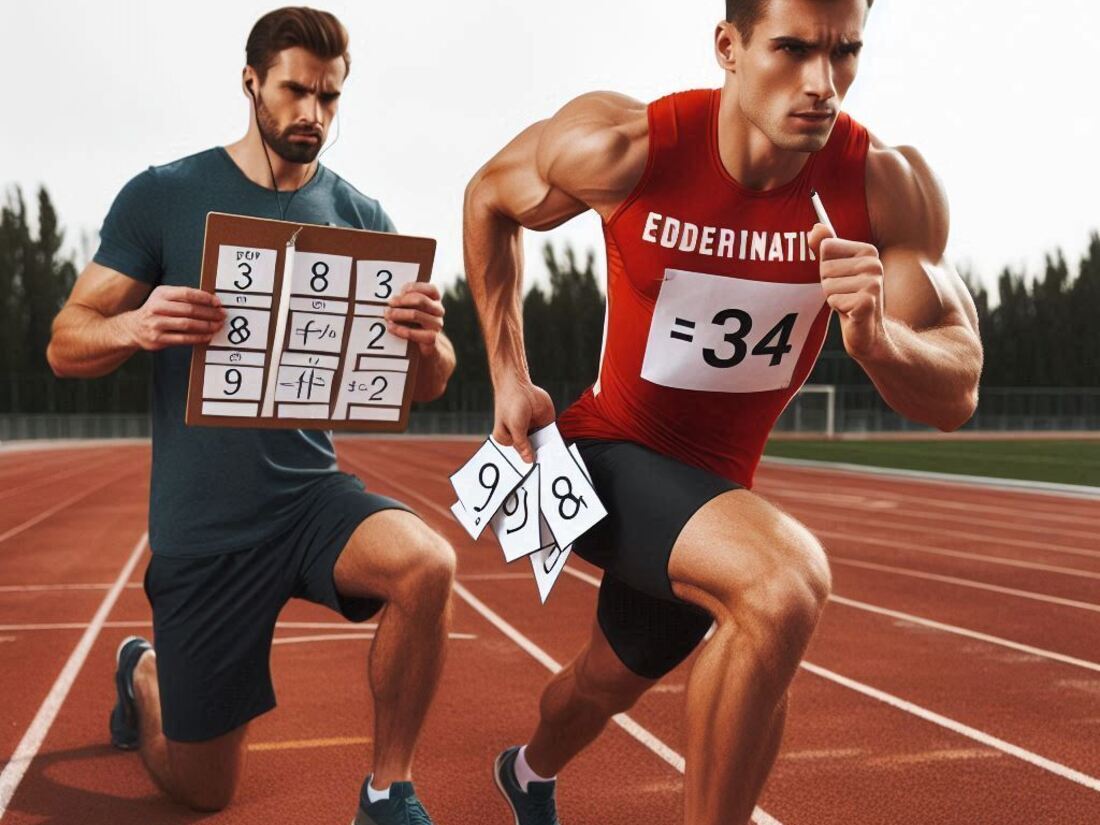
This technique involves performing two separate tasks simultaneously, one cognitive and one physical.
This challenges your brain’s ability to process information and coordinate multiple actions concurrently, similar to the demands placed on athletes during competitions.
Here’s an example:
- Drill: While running sprints, mentally solve simple math problems presented visually on flashcards held by a partner at designated intervals.
- Benefits: Dual-task training enhances your brain’s ability to multitask and prioritize responses under pressure, a crucial skill for athletes juggling various stimuli during gameplay.
3. Variable Resistance Training
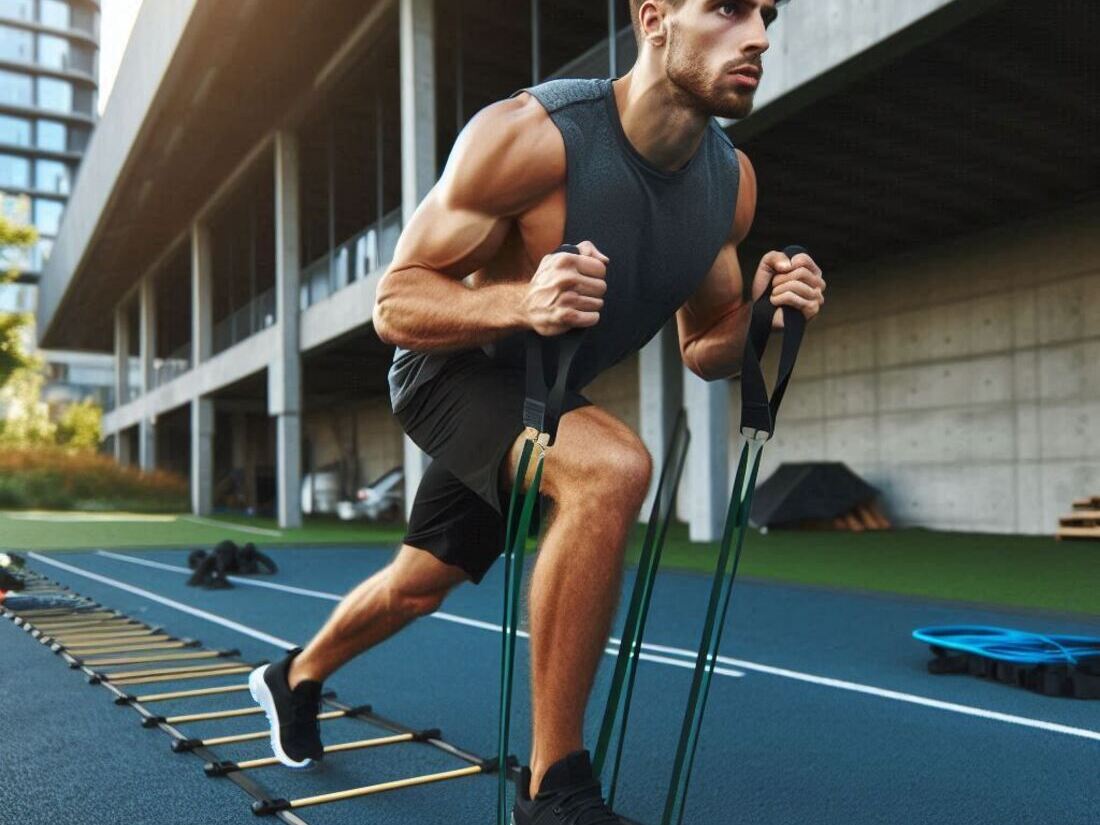
This approach incorporates training tools that provide unpredictable resistance levels, forcing your muscles to adapt and react quickly to changing demands.
This translates to quicker reflex responses during dynamic movements and unexpected situations in sports.
Here’s an example:
- Drill: Utilize resistance bands with varying levels of tension during agility ladder drills. The unpredictable resistance forces your body to react and adjust constantly, mimicking the dynamic nature of athletic movements.
4. Peripheral Vision Training

Elite athletes rely heavily on peripheral vision to maintain situational awareness and react to peripheral cues on the field.
Here’s an example:
- Drill: Stand facing a partner holding tennis balls at arm’s length on either side of your head. Without moving your head, track the movement of the balls with your eyes and react by verbally identifying which hand the partner dropped the ball from.
- Benefits: Peripheral vision training improves your ability to detect subtle cues and react to events outside your central field of vision, crucial for athletes in fast-paced sports.
Key Takeaways
- Advanced reflex training techniques go beyond basic reaction drills and incorporate elements of decision-making, dual-tasking, variable resistance, and peripheral vision training.
- These advanced drills mimic the complex demands of competitive sports, challenging your brain and body to react quickly and efficiently in dynamic situations.
- Implementing these techniques into your training program can significantly enhance your reflexes, reaction times, and overall athletic performance.
Next Steps: Optimizing Your Reflex Training
Here are some additional tips to maximize the effectiveness of your advanced reflex training:
- Warm-up Properly: Prepare your body for intense activity with dynamic stretches and light cardio before diving into advanced reflex drills.
- Maintain Focus: Stay mentally engaged throughout your training. Focus on the task at hand and minimize distractions for optimal results.
- Progressive Overload: Gradually increase the difficulty of your reflex drills over time. This can involve introducing faster reaction times, more complex movements, or additional cognitive challenges.
- Prioritize Quality Over Quantity: It’s better to perform a few repetitions of each drill with proper form and focus than rushing through a high number with compromised technique. Quality movements lead to better results and minimize injury risk.
- Specificity: Choose reflex training exercises that are relevant to your specific sport. For example, a basketball player might prioritize drills focused on hand-eye coordination and multi-directional movements, while a soccer player might benefit more from drills that emphasize peripheral vision and rapid changes in direction.
- Incorporate Technology: Consider using specialized reflex training tools and apps that provide advanced training programs, variable stimuli, and performance tracking. These tools can add variety and challenge to your workouts.
- Recovery is Key: Allow your body adequate rest and recovery between reflex training sessions. This enables your nervous system to adapt to the demands of the training and solidify the new neural pathways established during your workouts.
Building a Well-Rounded Reflex Training Program
A well-rounded reflex training program incorporates a variety of techniques targeting different aspects of reflex development.
Here’s a table outlining some key categories and example drills:
| Reflex Training Category | Description | Example Drill |
|---|---|---|
| Visual Reaction Drills | Challenge your ability to react quickly to visual stimuli. | Choice Reaction Time Drills: Stand facing a partner holding flashcards with different shapes (circle, square, triangle). Upon seeing a specific shape, react by performing a pre-assigned movement (e.g., jump squat for circle, lunge for square, lateral shuffle for triangle). |
| Auditory Reaction Drills | Train your brain to react quickly to auditory cues. | Reaction Time with Beeps: Stand facing a wall with your eyes closed. Have a partner randomly beep a whistle or clap. Upon hearing the sound, jump and touch the wall as quickly as possible. Measure your reaction time using a stopwatch. |
| Cognitive Reaction Drills | Integrate mental challenges into your reflex training. | Math Sprint Drills: While performing sprints at moderate intensity, solve simple math problems displayed on flashcards held by a partner at designated intervals. |
Remember: This table provides a starting point. You can find numerous variations and additional drills within each category to create a program tailored to your specific needs and sport.
When designing your advanced reflex training program, consider incorporating a variety of techniques to target different aspects of reflex development:
- Visual Reaction Drills: These drills challenge your ability to react quickly to visual stimuli, such as lights, flashing targets, or partner cues. Choice reaction time drills fall into this category.
- Auditory Reaction Drills: Utilize whistles, claps, or beeps as prompts for specific movements, training your brain to react quickly to auditory cues.
- Cognitive Reaction Drills: Integrate mental challenges into your reflex training. Math problems, memory recall tasks, or rapid decision-making under pressure can be incorporated during drills to enhance cognitive processing alongside physical reactions.
Remember: Consistency is crucial for reaping the benefits of advanced reflex training. Aim to incorporate dedicated reflex training sessions 2-3 times per week into your overall training program.
Fueling Your Reflexive Edge: Nutrition and Sleep
Beyond the training itself, optimizing your nutrition and sleep habits significantly impacts your reflexes.
Here’s how:
- Nutrition: Consume a balanced diet rich in complex carbohydrates, lean protein, and healthy fats to provide your body with the energy it needs for optimal nerve function and muscle performance. Stay hydrated throughout the day to ensure proper neural communication.
- Sleep: Prioritize adequate sleep (7-8 hours per night) to allow your body and brain to recover from training and solidify the neural pathways established during your reflex drills. Adequate sleep also enhances focus and concentration, crucial for optimal performance.
Conclusion: Train Like a Pro, React Like a Champion
By incorporating advanced reflex training techniques into your training regimen, alongside proper nutrition and sleep hygiene, you can unlock a new level of athletic performance.
Remember, elite reflexes aren’t solely a gift of genetics – they are a product of dedicated training, strategic planning, and a commitment to optimizing your body and mind.
Embrace the challenge, implement these advanced techniques, and watch your reflexes transform, propelling you towards athletic excellence!
*This blog post complements our previous guide on the importance of reflexes for athletes by providing actionable strategies for advanced reflex training used by elite athletes.
References
“The Role of Reflexes in Athletic Performance.” American College of Sports Medicine, n.d.
“Speed and Agility Training for Team Sports.” ScienceDirect,


